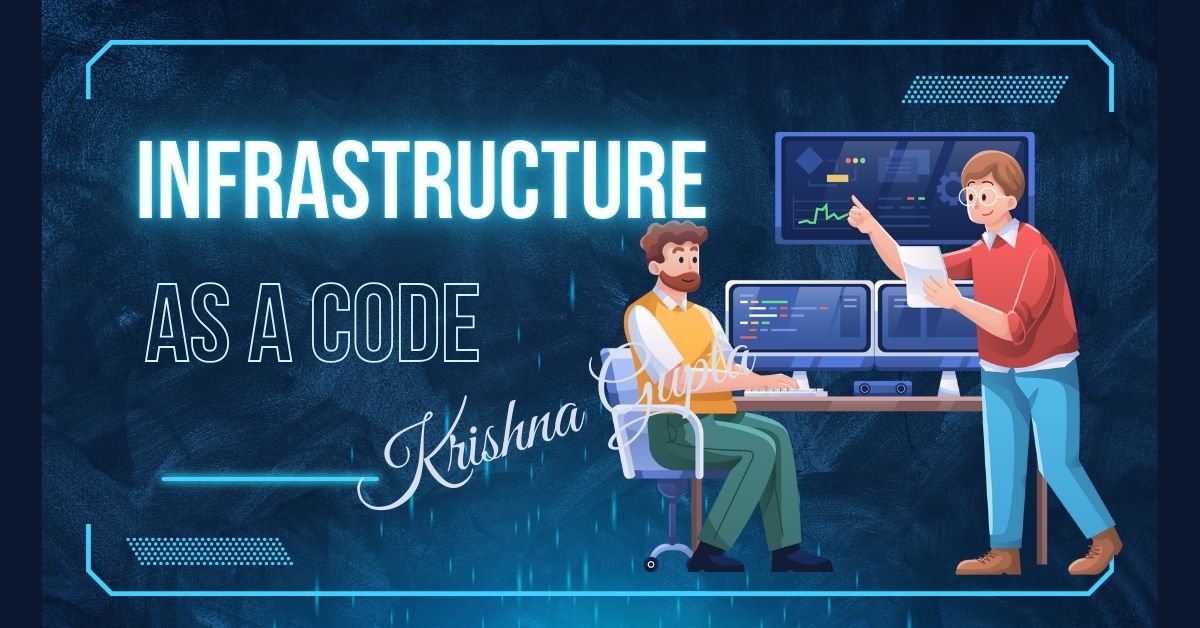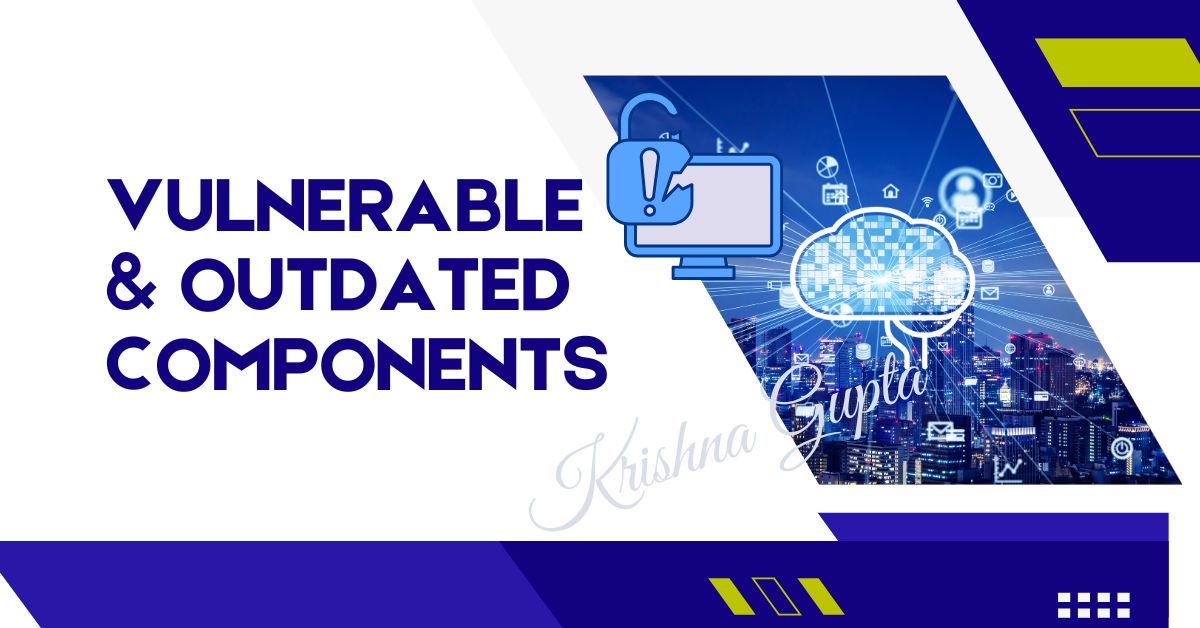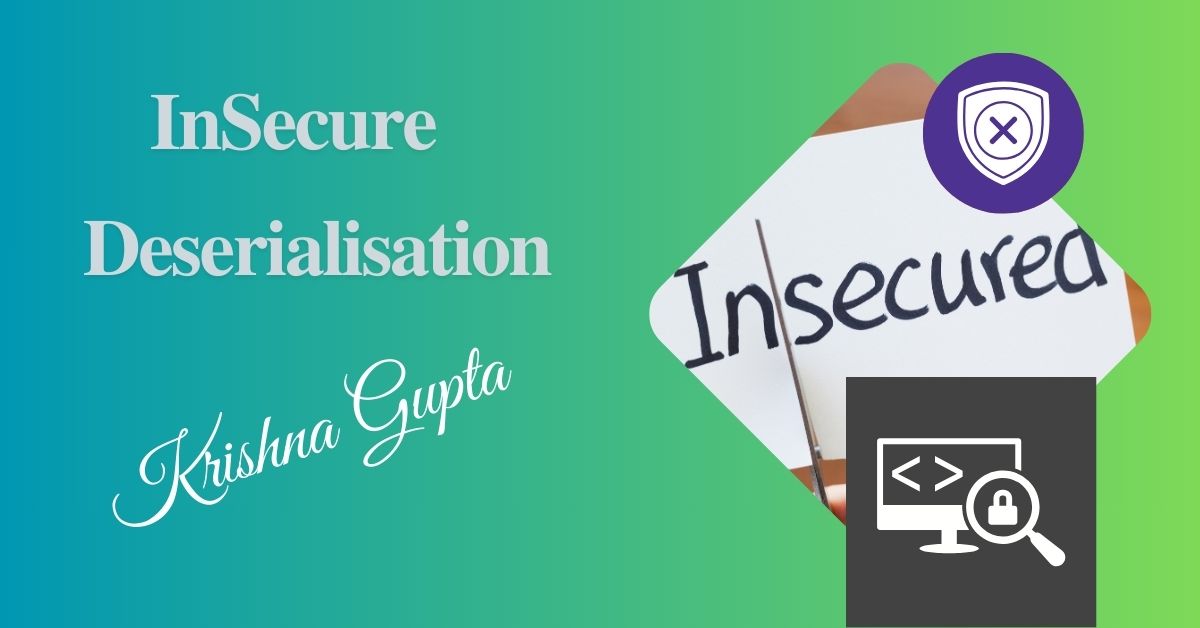Modern software development depends on a complex ecosystem of third-party components. Frameworks, libraries, and plugins streamline coding tasks, enabling developers to focus on building application-specific features. However, when these components become outdated or contain vulnerabilities, they pose a serious risk to application security, potentially leading to data breaches, service interruptions, or legal liabilities.
Vulnerable and Outdated Components is one of the categories in the OWASP Top 10, a widely recognised standard for the most critical security risks to web applications. Specifically, it relates to the category “A06:2021 – Vulnerable and Outdated Components,” which highlights the risks posed by outdated libraries, frameworks, and software components.



